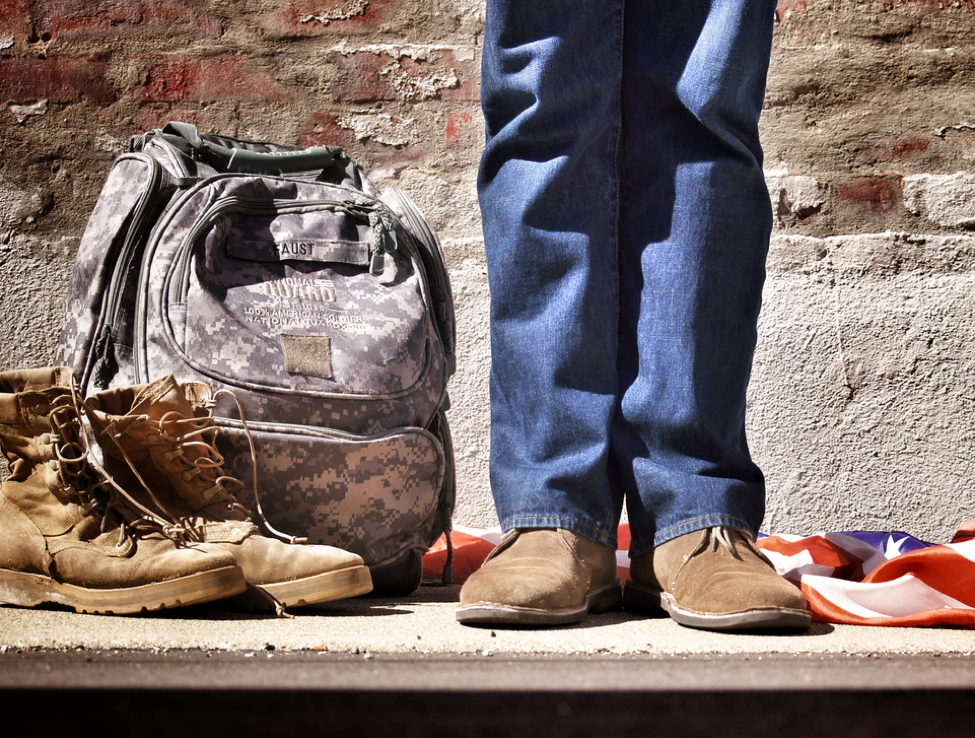4 Reasons Item-Level RFID Matters for Defense Suppliers

Item-level radio frequency identification (ILRFID) can be an indispensable tool for companies across many different industries, from retail to logistics to manufacturers – and especially Department of Defense suppliers.
As the name suggests, this technology allows for RFID tagging at the individual item level, going beyond container- or pallet-level tracking. Item-level tagging allows singular assets to be uniquely identified and tracked. This enables companies to understand how much inventory they have on hand, and where assets are located at any given time.
And companies are taking note of the many benefits of item-level RFID tagging: research found the total RFID market had an estimated worth of $11.2 billion in 2017. It’s also estimated that more than 18 billion tags were sold, a growth rate of 20% compared to the year before.
4 reasons defense suppliers should adopt item-level RFID
-
Efficiency
RFID tags can provide information more quickly than traditional tagging methods, like barcodes, because they can scan wirelessly and scan multiple tags simultaneously. This approach also reduces man-hours spent scanning, helping to control costs.
-
Precision
RFID tracking can give you real-time data about your assets, allowing for informed decisions based on the most up-to-date, precise information.
-
Accuracy
RFID tagging provides highly accurate information with less opportunity for human error. It can bring inventory accuracy up to 95% or better, according to RFID Journal.
-
DoD expectations & requirements
DoD use of item-level RFID for asset tracking is well-documented; a good example is the uniform management system at Fort Leonard Wood Recruit Training Center in Missouri. In addition to using item-level RFID tagging to make sure the Training Center has enough of each uniform item on hand, the tags help the trainees pack their duffel bags – and even scan their duffels at a checkout-style counter to ensure they have all the items they need.
Another example illustrates how implementing item-level RFID isn’t always the supplier’s choice: Original Footwear LLC, a combat boot manufacturer that supplies the U.S. Air Force, was asked by the DoD to begin individually RFID-tagging every pair of boots for enhanced asset tracking. While this represented a major process change for Original Footwear LLC, it ended up being a change for the better. The previous approach of manual tracking was prone to errors, and correcting issues was often cumbersome and labor-intensive. Using Odyssey’s cloud-based software platform, along with RF tags and readers, Original Footwear LLC significantly improved efficiency, precision, and accuracy while meeting the requirements of working with the DoD.
Overcome implementation challenges by relying on experts
As with adopting any new technology, implementing item-level RFID can come with its challenges. Human error is often to blame, as it doesn’t matter how perfectly a label is printed if someone entered incorrect information to generate it, or applied it to the wrong item.
These organizational challenges are the very reason a consultative approach is needed during item-level RFID implementation. Working with a provider like Odyssey that specializes in working with defense suppliers can ensure a smoother transition. Plus, it helps to have label creation software that can be configured to your company’s exact labeling needs.
Item-level RFID has transformative power for DoD suppliers, but needs the right technology partner to enable seamless adoption.
See which item-level RFID tagging solution is the best fit for your business, and get in touch with the experts at Odyssey to learn more.
